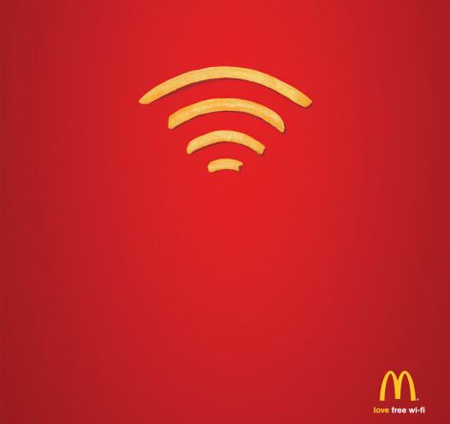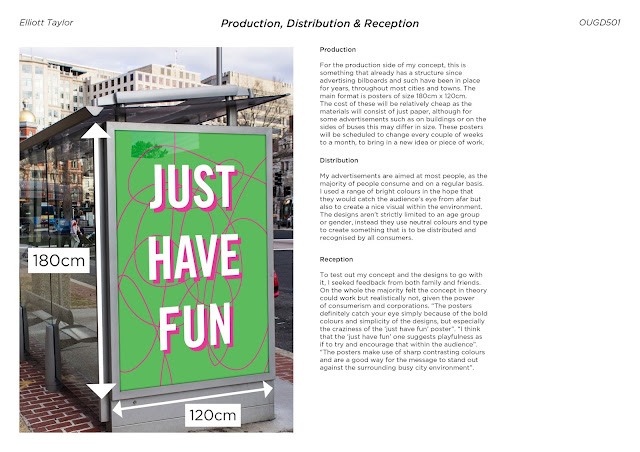Initial Ideas
Idea 1
Given that manifestos were something that was discussed and analysed in section 2 of my essay, I felt that this could be a good starting point for ideas in response to my written piece.
A manifesto is usually created as a way of communicating a set of aims, intentions or opinions, be it that of an individual or a group, political or social.
My essay explores social responsibility in relation to the designer as an individual and what they can and are prepared to do about their responsibilities within their practice. Currently, there is no universal framework or set of guidelines for creatives that can point them in the right direction in terms of ensuring ethical design practice.
My first idea, in short, is to create a manifesto (of sorts) that aims to give designers a starting point of how they can become more ethically inclined within their careers.
In the same way that the United Nations created the 'Paris Agreement' so that it ensured all nations involved would stick to the principles of the agreement.
The UN proposed that the agreement:
'brings all nations into a common cause to undertake ambitious efforts to combat climate change and adapt to its effects, with enhanced support to assist developing countries to do so. As such, it charts a new course in the global climate effort.'
Given how much of an issue climate change has become over the years since our industrial development, temperature levels are getting progressively higher and as a result, putting out planet in danger. As such this agreement is there to help prevent this and hopefully even reduce the effects of it.
If something like this can be put into place to tackle a global issue that affects us all, I believe that the same can be done for the ever-expanding issues that design poses to the well being of both our society, our environment and everyone within it. By this, I refer to the effects a designer's work, whether individually or collectively, can have on the outside world when the consequences of what they produced are not fully considered.
My manifesto will aim to: Provide a baseline standard of considerations, which designers involved should aim to achieve, throughout the course of their project.
Idea 2
Create a social media platform (or an extension of an already existing one) (or potentially a website) that shares and promotes design work that has done some social, political, ecological or any other kind of 'good' in the world. It would give a chance for people to have their work publically displayed and for others to potentially be inspired by what good others have already done. This platform could also post potential briefs that would inspire designers to create change and bring about conversation relevant to the topics at hand. Websites that already offer these kinds of briefs include The RSA and Creative Conscience, who host social orientated projects based on issues prominent in our world today.
Idea 3
Reformat the way a typical manifesto would appear. By this, I mean to create the content that a regular manifesto would usually contain but to display it in a different format. Often I feel the word manifesto has a lot of stigma around it; as does it's format. They can sometimes feel too daunting and patronising to read and to abide. I feel like First Things First 2000 was a nice idea to spark conversation about the social responsibility of a designer but possibly appeared too idealistic and not necessarily applicable in everyday life.
As a result, I thought about changing the format of a manifesto to turn it into something more easily digestible and applicable to an already existing or upcoming designer's practice.
The format of which could possibly be an app or a website, but somewhere for designers to possibly come together to discuss and potentially keep an up-to-date version of said 'manifesto' through debate and recognition of new responsibilities.
Idea 4
This idea of reformatting a manifesto I think could be transferred into a small, handy guidebook/ notebook. This could be less of a structured manifesto as such and more of a set of rough questions/considerations that could serve as a basis to begin any brief with. A set of questions that would incite critical, conscious thoughts about every aspect of the project to ensure full consideration for the audience, the environment and society as a whole and their needs. This notebook could then be added to individually by the user, with their own potential questions or considerations. A small book of 'goodness'.




































